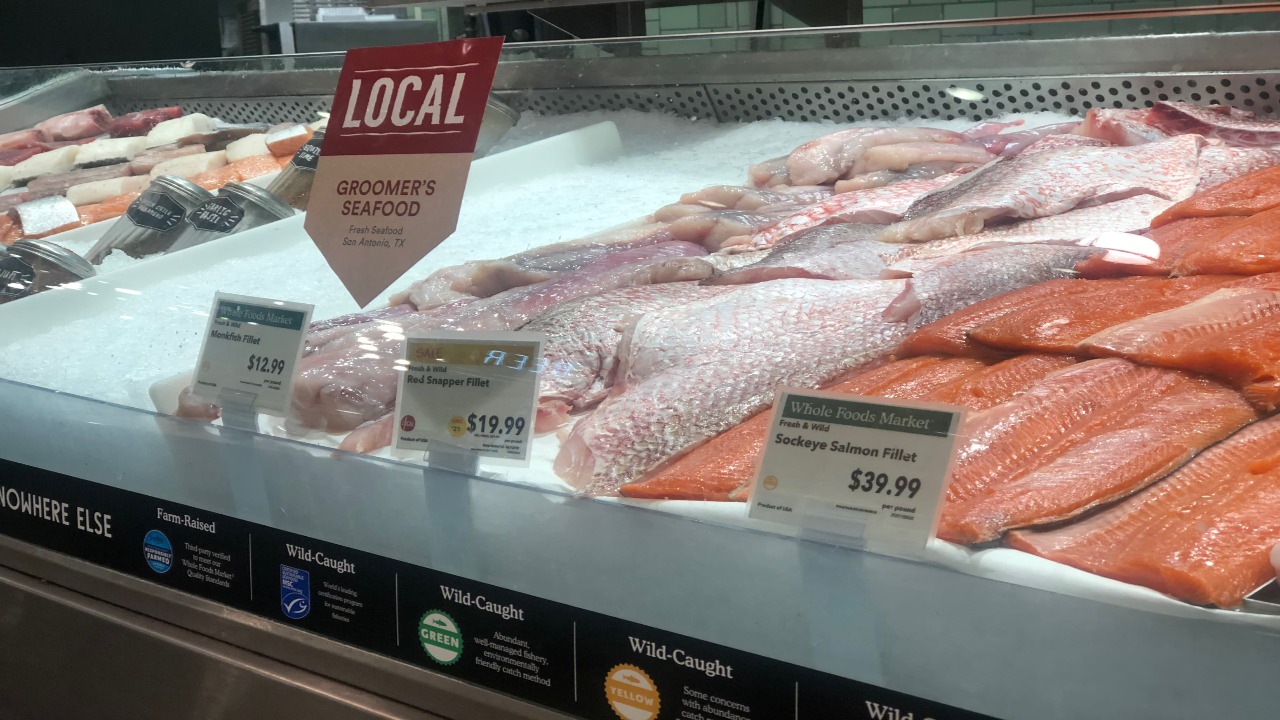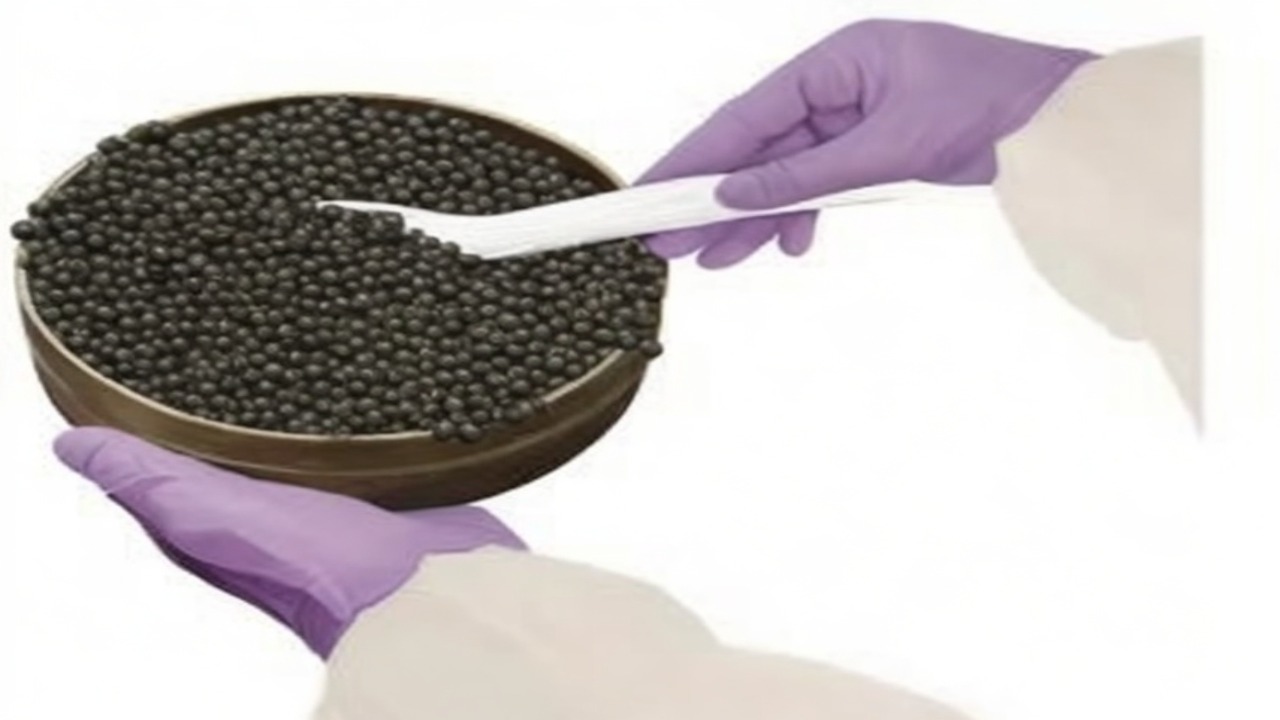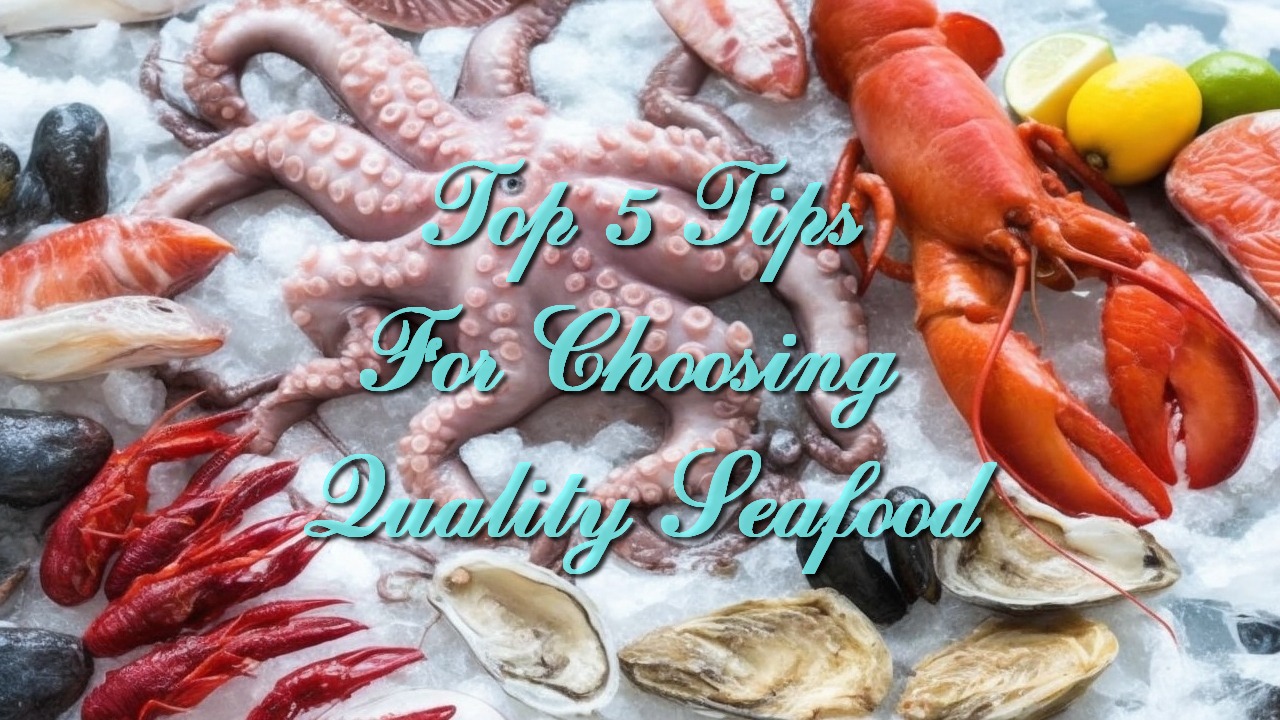When it comes to seafood, quality is key. Whether you’re a seafood enthusiast or just an occasional consumer, choosing high-quality seafood is essential for your health and for the environment. From succulent shrimp to delicate salmon and even the elusive find quality caviar, here are some valuable tips to ensure that your seafood selections are top-notch.
Know Your Source

The first step in choosing quality seafood is to get to know your source. This means understanding where your seafood comes from and how it’s caught or farmed. The best seafood often comes from reputable sources with sustainable practices. Do your research and look for information about the fishing or farming methods used. Consider buying seafood from local markets or trusted suppliers who can provide you with detailed information about the origin of the product.
Assess Freshness
Freshness is a critical factor in determining the quality of seafood. Whether you’re buying fish, shrimp, or any other type of seafood, it should smell clean and ocean-like, not fishy or pungent. The flesh should be firm to the touch and bounce back when pressed. The eyes of whole fish should be clear and bulging, not cloudy or sunken. If you’re purchasing seafood that’s been pre-packaged, check the expiration date and look for any signs of freezer burn or deterioration.
Understand Sustainability
Sustainability is an increasingly important consideration when choosing seafood. Overfishing and unsustainable fishing practices have led to declines in many marine species. To make environmentally responsible choices, consult resources like the Monterey Bay Aquarium’s Seafood Watch program or the Marine Stewardship Council’s certification. These organizations provide guidelines and labels that can help you identify seafood that’s been harvested or farmed sustainably.
Check for Labels and Certifications

Labels and certifications can provide valuable information about the quality and sustainability of seafood. Look for labels such as “MSC Certified” for wild-caught seafood or “Aquaculture Stewardship Council” for responsibly farmed options. These labels indicate that the seafood meets specific standards for quality and environmental responsibility. Additionally, certifications like “organic” and “sushi-grade” can also help you make informed choices.
Consider Seasonality
Seasonality plays a significant role in the flavor and quality of seafood. Different species have peak seasons when they are at their freshest and most abundant. For example, certain types of crabs are best in the winter months, while oysters are typically considered best in months with an “R” in their name (September through April). Buying seafood in-season not only ensures better quality but often lower prices as well.
Conclusion
Choosing quality seafood is a rewarding endeavor that benefits your palate, your health, and the planet. By knowing your source, assessing freshness, understanding sustainability, checking for labels and certifications, and considering seasonality, you can make informed decisions when purchasing seafood. Whether you’re preparing a simple weeknight dinner or looking to find quality caviar for a special occasion, these tips will guide you toward a delicious and responsible seafood experience.
